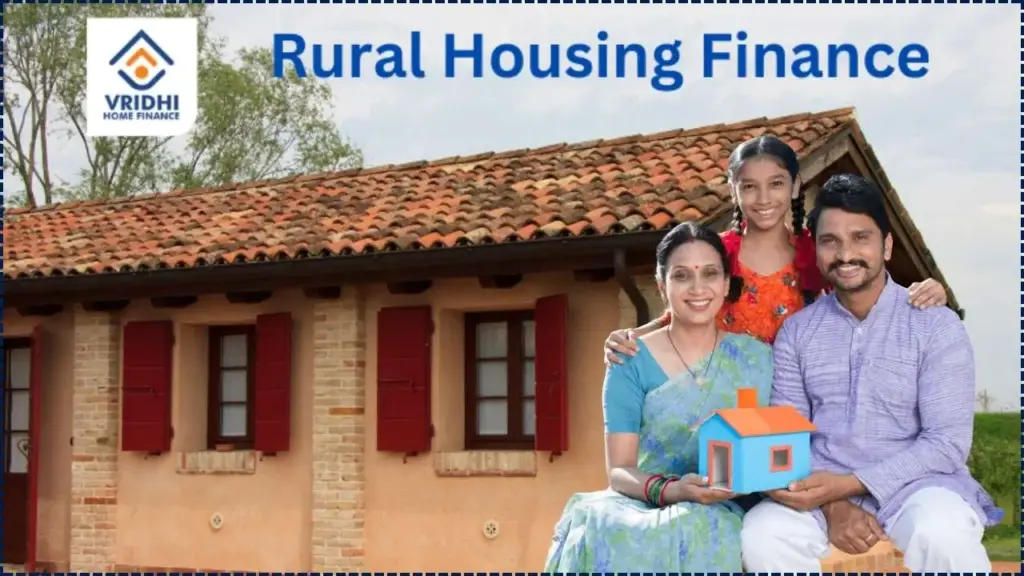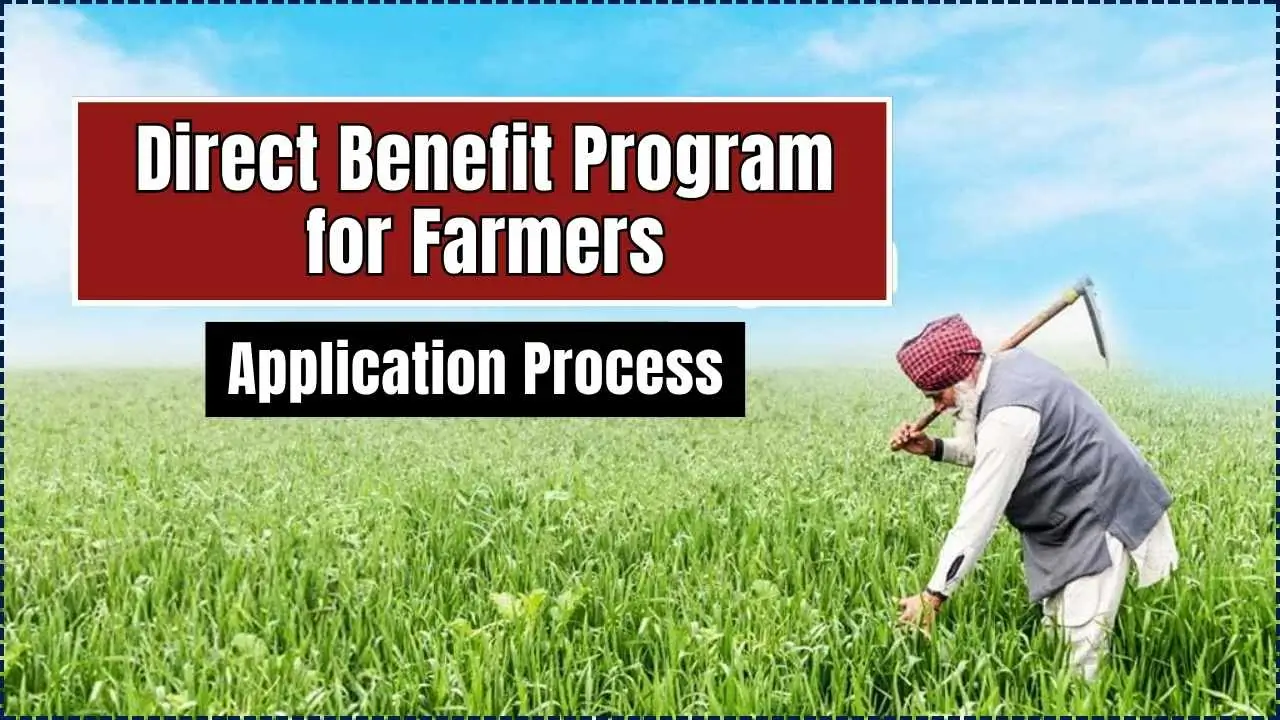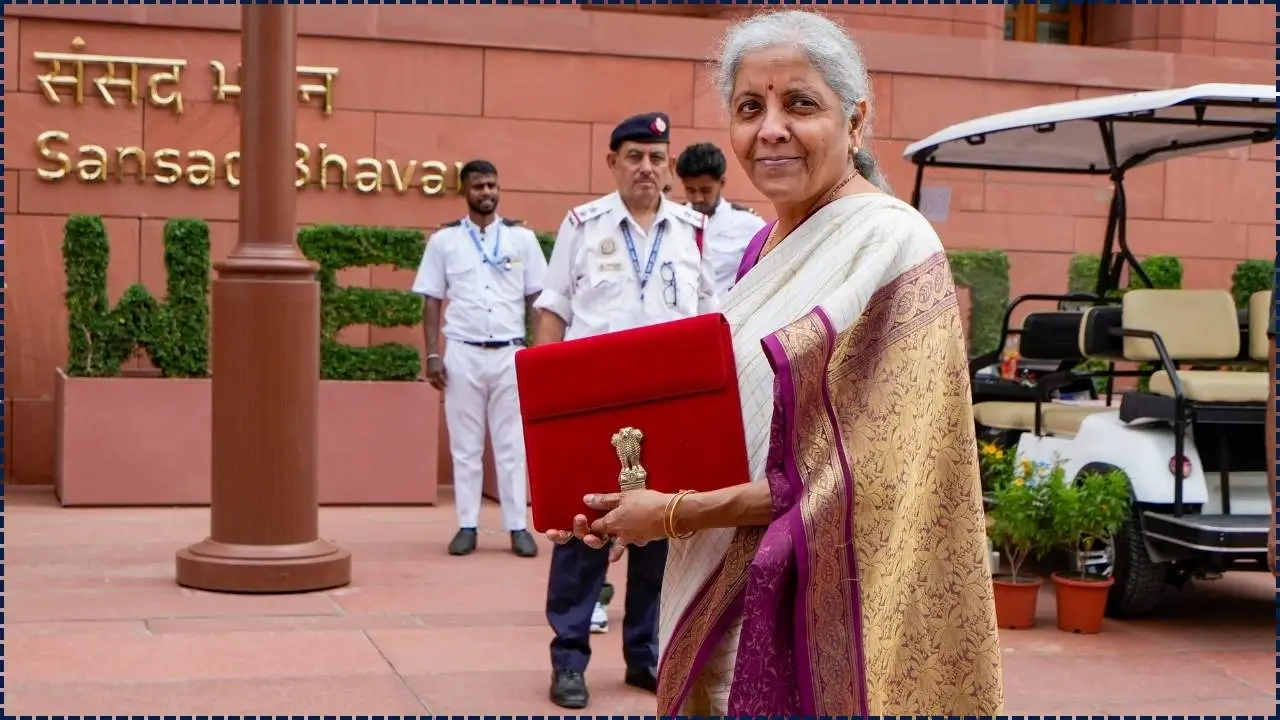The Rural Housing Fund (RHF) is a critical financing mechanism designed to support affordable housing in India’s villages. It offers refinance support to lending institutions so they can extend housing credit to rural households under favorable terms.
When combined with subsidy schemes like Pradhan Mantri Awaas Yojana – Gramin (PMAY-G), RHF helps make homeownership viable for low-income rural families. This article explains how RHF works, who benefits, the challenges it faces, and how prospective borrowers can access it.

The Rural Housing Fund (RHF) is a vital but underappreciated instrument in India’s push to provide dignified housing in rural areas. By enabling banks to lend affordably, RHF strengthens the credit side of the equation, making it possible for subsidy schemes like PMAY-Gramin to be more effective.
While infrastructural, institutional, and awareness hurdles remain, with better design, monitoring, and outreach, RHF can become a core pillar in achieving housing for all in rural India.
Table of Contents
What Is the Rural Housing Fund?
The RHF is a refinance facility managed through the National Housing Bank (NHB). Under this mechanism, NHB provides low-cost funding to Primary Lending Institutions (PLIs)—such as commercial banks, regional rural banks (RRBs), and housing finance companies (HFCs)—which in turn lend to individual rural borrowers under controlled interest rates.
The objective is to lower the cost of capital for lenders, encourage them to extend credit in rural areas, and thereby make housing loans more affordable for rural households.
Because RHF functions at the institutional level, individual borrowers do not deal directly with NHB; instead, they approach banks or finance companies participating in the RHF scheme.
Why RHF Matters in India’s Housing Landscape
Addressing Rural Housing Shortfall
India has long grappled with a shortage of housing, especially in rural areas. The demand for decent homes with basic amenities remains high, and many rural families live in substandard or vulnerable structures. RHF provides a financial bridge for such households to access formal housing credit.
Complementing Subsidy Schemes
RHF is not a stand-alone solution—it often works in conjunction with subsidy-based schemes like PMAY-G. While PMAY-G offers financial assistance to eligible rural households for building or upgrading houses, RHF ensures that the remaining cost can be financed at reasonable rates by lenders.
By combining subsidy (grant) with credit (loan), many families who otherwise could not afford a complete house can now do so.
Strengthening Housing Finance Ecosystem
By channeling refinancing to rural areas, RHF helps expand the reach of formal housing finance into territories that conventional banks may shy away from. Over time, this strengthens institutions’ confidence and encourages sustainable growth in rural housing lending.
How RHF Works: Mechanics and Flow
Refinance to Lenders, Loans to Borrowers
- NHB Refinance: NHB provides funds to PLIs under RHF, often at concessional or benchmark rates.
- On-Lending by PLIs: PLIs then lend to rural borrowers, typically with a margin over the NHB rate. These on-lending rates are subject to caps or norms so that the benefit of low-cost refinance is passed to the borrower.
- Use of Loan Funds: Loans are typically used for constructing new homes, upgrading or repairing existing homes, or converting kutcha (non-permanent) structures to pucca (permanent) ones.
- Loan Disbursement in Phases: Loans may be released in stages (foundation, wall, roofing, finishing) tied to construction progress and inspection.
Eligibility and Criteria
Though eligibility may vary slightly by state and institution, common criteria include:
- Residence in a rural area as per banking norms.
- No prior pucca house ownership in rural or urban areas.
- Adequate income and credit assessment to service the loan.
- Use of funds strictly for dwelling—construction, extension, or improvement.
- Compliance with building norms and safety standards as prescribed.
Borrowers must approach a participating PLI to check if their area is covered and whether they meet criteria.
Connecting RHF and PMAY-Gramin
PMAY-Gramin is the flagship rural housing scheme implemented by the Ministry of Rural Development. Its goal is to provide “Housing for All Rural Poor” by offering financial assistance to build or upgrade homes. As of February 2025, out of a target of 4.95 crore houses, about 3.34 crore houses have been sanctioned and around 2.69 crore have been completed.
Here’s how RHF integration plays out:
- A rural household eligible under PMAY-G may receive subsidy grants that offset part of the house cost.
- For the remaining amount (cost beyond the subsidy), the household may take a housing loan from a PLI that participates under RHF.
- The PLI obtains cheaper capital under RHF and must abide by on-lending rate caps so that interest remains affordable.
Thus, RHF strengthens the credit side of the affordability equation, complementing the direct subsidy.
Recent Developments, Trends & Data
Allocation, Ratings, and Financial Health
- NHB’s involvement in RHF and housing finance has drawn attention in financial markets. In September 2024, CRISIL reaffirmed NHB’s AAA/Stable rating, citing ₹9,000 crore deposits under Rural and Urban Housing Funds.
- The “Rural Housing Fund Rating” document is available from NHB, reflecting performance, disbursements, and fund utilization details.
- Historical disbursement data shows that RHF has financed housing loans across various categories over 2008–2017.
- In recent years, the government has signaled its intention to increase housing subsidies for rural housing, planning to raise allocation to more than US$6.5 billion (approx.) in upcoming budgets.
State-Level Activity
Some states actively push additional sanctions or expanded targets in PMAY-G, which indirectly impacts RHF demand. For example, Assam recently received approval for 3.76 lakh additional houses under PMAY-G. These developments may increase demand for RHF-supported lending in those states.
Real-World Impact & Success Stories
While RHF operates behind the scenes, its effects appear in improved credit access and rural home construction.
- In many villages, households that would otherwise rely on informal loans at high interest rates are now able to secure formal housing loans under RHF-supported schemes.
- Construction activity spurred by housing loans helps local employment in masonry, carpentry, electrical work, and materials supply.
- Borrowers report that the combination of subsidy + affordable loan under RHF is what made homebuilding financially feasible.
One illustrative worked example: A rural family needing ₹2,50,000 for a small house may receive a ₹1,20,000 subsidy under PMAY-G and borrow ₹1,30,000 via an RHF-linked loan. If the lender’s interest is capped (e.g. 7–8 %), their monthly installments become manageable compared to ordinary rural loan rates of 9–10 %.
Challenges & Barriers
Despite the promise of RHF, several challenges temper its reach:
- Awareness Gaps: Rural households often remain unaware that such refinancing exists or that their local bank participates.
- Risk Perception & Credit Aversion: Lenders may avoid rural housing lending because of perceived repayment risk, erratic incomes, or land title issues.
- Infrastructure Constraints: Building in remote rural areas may be hindered by poor connectivity, lack of reliable supply chains for materials, and weak power or water access.
- Subsidy and Disbursement Delays: Delays in subsidy issuance under programs like PMAY-G can stall construction or force families to take interim high-cost loans.
- Oversight, Quality, & Monitoring: Ensuring that beneficiaries use funds properly and construct durable, safe houses is a challenge, especially in large, dispersed rural settings.
- Course Corrections and Policy Adjustments: As needs evolve, RHF schemes must adapt—for example, offering loans for solar electrification, sanitation integration, or disaster-resilient structures.
Related Links
Download Your Labour Welfare Board Benefits Status Online: Complete Process Explained
Police Station Citizen Service Ranking in Gujarat: What’s New & How It Affects You
Odisha Skill Development Program: New Policies to Upskill Youth for Emerging Jobs
Tips for Prospective Applicants
If you are a rural household interested in accessing RHF-linked housing finance, consider these steps:
- Check Local Lender Participation: Visit your nearest public sector bank, regional rural bank or housing finance company and ask if they participate under RHF/NHB refinance schemes.
- Verify PMAY-Gramin Eligibility: Confirm whether you qualify under PMAY-G or other subsidy schemes—this can reduce your loan burden.
- Gather Required Documents: Be ready with proof of identity, land records or plot details, building plan, cost estimate, income proof, and collateral (if needed).
- Secure a Construction Plan & Schedule: Work with local engineers or masons to prepare a phased plan so that loan disbursement aligns with construction stages.
- Demand Transparency: Ensure the bank discloses interest rates, repayment schedule, defaults, and what happens in case of delay.
- Monitor Construction & Quality: Use local monitors or community oversight to check that construction is per norms and using correct materials.
- Stay Informed on Policy Changes: Budget announcements and housing policy updates may expand eligibility or increase subsidies—keep abreast via official channels.
Future Directions & Recommendations
To enhance the effectiveness of RHF in India’s rural housing transformation, stakeholders can consider:
- Stronger Outreach & Education: Use village-level campaigns, Panchayat involvement, and NGO networks to inform households.
- Digital Monitoring & Dashboards: Use GIS, dashboards, and mobile apps to monitor construction progress, subsidy disbursement, and fund utilization.
- Inclusion of Green and Resilient Features: Loans could support solar power, rainwater harvesting, or seismic reinforcement in relevant areas.
- Flexibility in Tenure & Repayment: Adaptive repayment schedules tied to crop cycles or income patterns may reduce default risk.
- State-Specific Pilots: States can pilot variations (e.g. microloans) to test innovative models in challenging terrains.
- Stronger Coordination: Better coordination among NHB, Ministry of Rural Development, banks, and local governments is vital for seamless subsidy + loan execution.
















